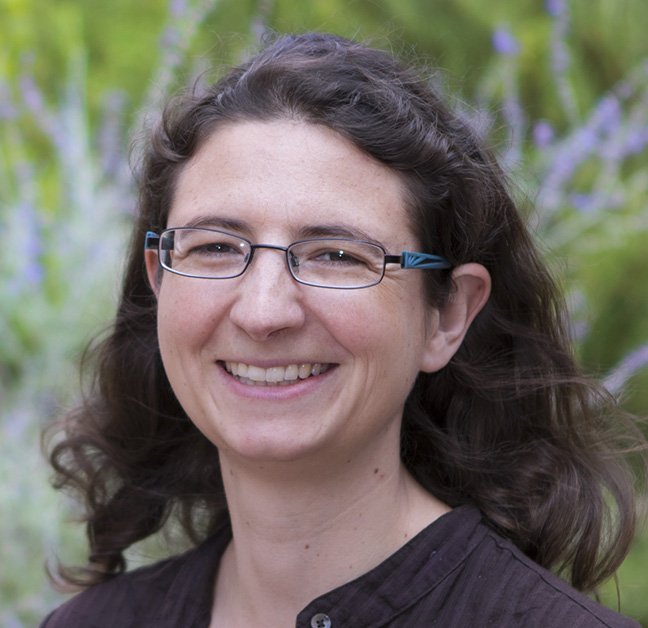Professor Joanna Atkin
Professor Joanna Atkin
Department of Chemistry
University of North Carolina at Chapel Hill
Host: Professor Renee Frontiera
Near-field optical spectroscopy for the study of semiconducting nanostructures
Semiconducting nanostructures have been proposed as material platforms for a wide variety of photonic, electronic, and photovoltaic elements. In order to realize these applications, careful design and characterization of electronic properties such as dopant concentration, activation, and distribution are needed. I will discuss the use of near-field optical microscopy as a non-destructive method for chemical, structural, and electronic imaging in nanomaterials. Near-field optical techniques break the diffraction limit to access nanometer scale information through the lightning-rod properties of an illuminated atomic force microscope tip. Many nanoscale optical spectroscopies can be realized using this approach, but signal interpretation is often challenging due to convolutional effects between the tip and sample. I will discuss experimental and theoretical considerations in quantitative near-field optical microscopy in general, and then focus on two applications that illustrate the importance of understanding near-field interactions. In the first example, we use infrared near-field spectroscopy to resolve free-carriers in axially-doped silicon nanowires (SiNWs). We can detect local changes in the electrically-active doping concentration from the free-carrier absorption in both n-type and p-type doped SiNWs. The high spatial resolution (< 20 nm) allows us to directly measure dopant transition abruptness and charge carrier properties in the vicinity of interfaces in single and multi-junction SiNWs. In the second example, we use nano-Raman spectroscopy to study functionalized graphene, a derivative of graphene engineered to open a finite band gap. The high degree of chemical and physical disorder in these types of systems can be resolved with near-field spectroscopy, demonstrating its utility in understanding how local properties of nanomaterials affect functionality in optoelectronic and photovoltaic devices.
Research
Researchers in Professor Atkin's group develop and use techniques based on atomic-force microscopy (AFM) combined with optical spectroscopy to understand how nanoscale structure underpins functionality in molecular and inorganic semiconductors, solar cells, and biological systems. They take advantage of the “optical antenna” properties of the AFM tip to concentrate and locally enhance light, and use simulation tools to study how improve the light-matter interaction to increase spatial resolution, improve sensitivity, and explore new types of materials.
Professor Atkin
Professor Atkin obtained her Bachelor of Science degree from Victoria University of Wellington, in New Zealand. She completed her doctorate at Columbia University in New York, and went on to work as a postdoctoral researcher at the University of Washington and the University of Colorado, Boulder. She joined the University of North Carolina at Chapel Hill in 2015.
